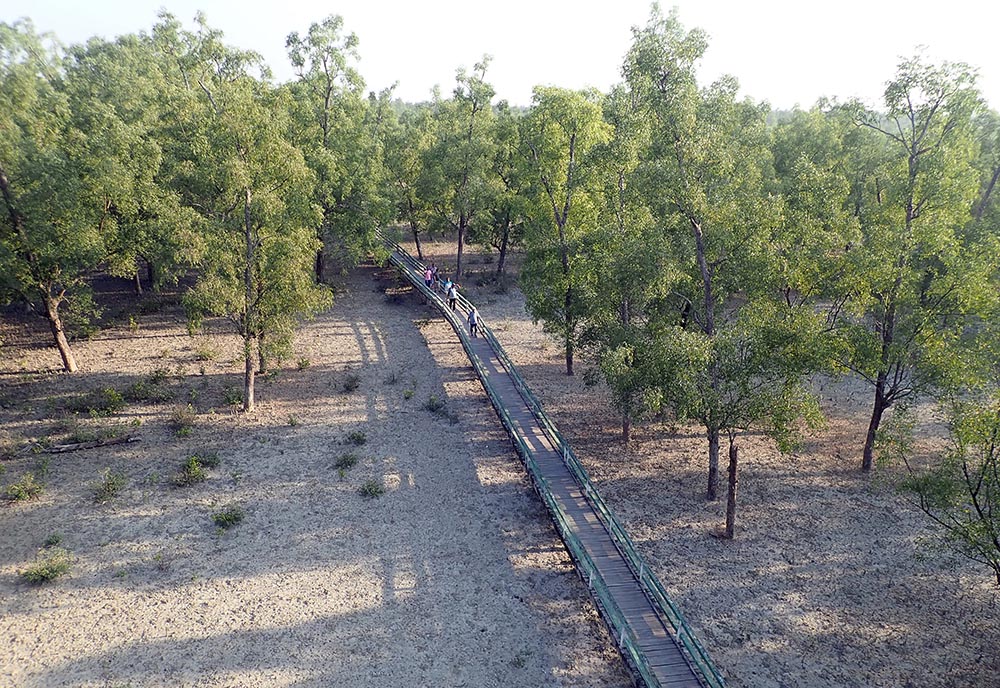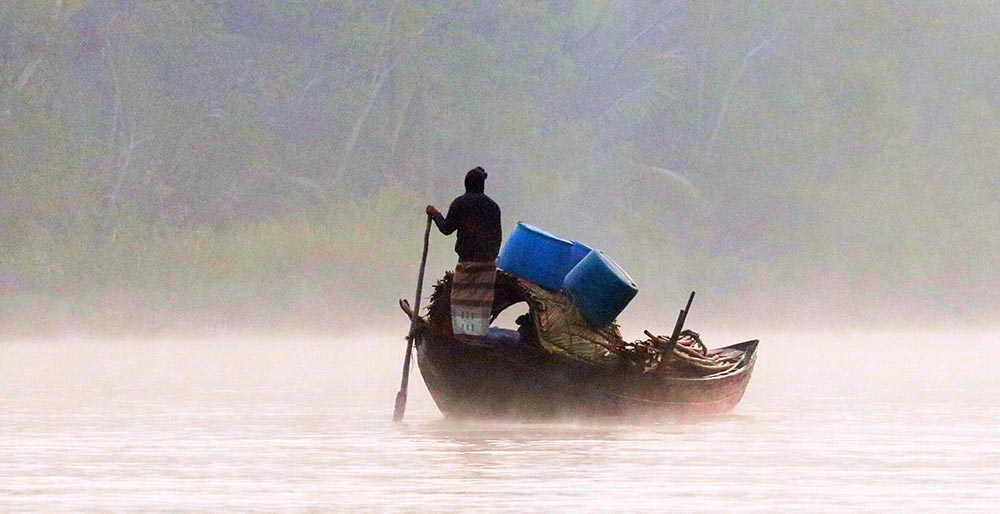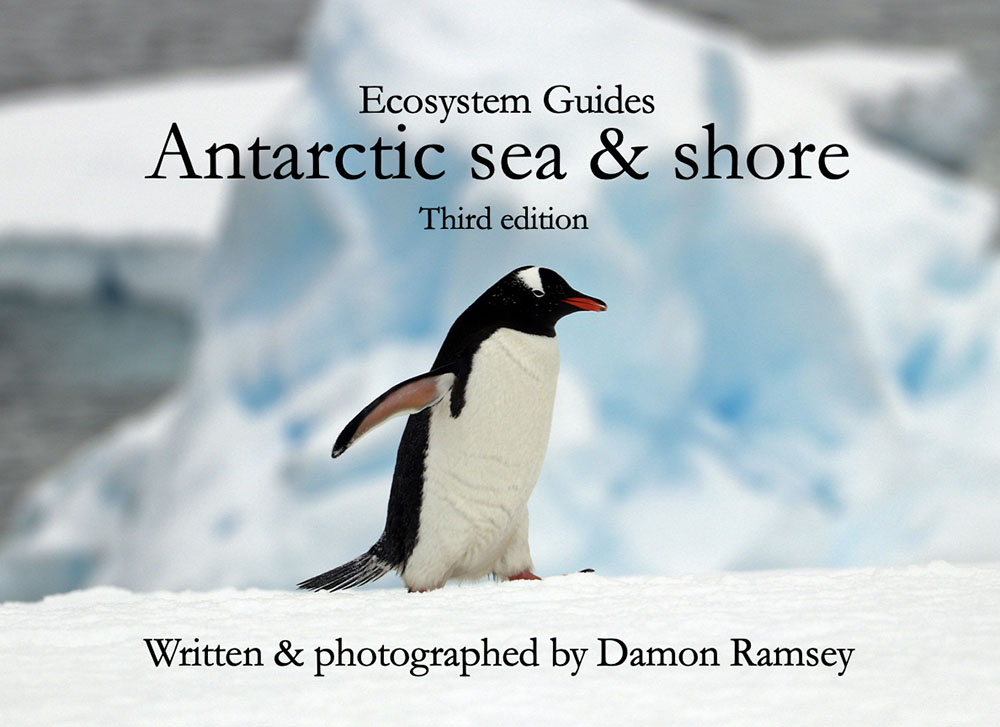ecosystem-guides.com
....exploring the planet's ecosystems
Sundarbans
Bangladesh & India
The Sundarbans is the largest area of mangroves on the planet...
personal experience
I explored this area on an expedition ship (Silver Discoverer) twice in early 2019.
the area
The Sundarbans refers to a huge area of mangroves spread across north-west India and southern Bangladesh. It is the largest delta in the world, the end result of the confluence of the rivers Ganges, Brahmaputra and Meghna, emptying into the Bay of Bengal.
At some 10,000 square kilometres, it is thought to be the largest expanse of mangroves on the planet. It is not pristine or uninhabited, as India and Bangladesh are heavily populated countries, and the latter country is one of the most densely populated countries on Earth. However, there are large protected zones within the area, and it is possible to enter long rivers with few signs of other humans.
wildlife
The Sundarbans is infamous for it's tiger population. Your chance of seeing one is very remote (you are better off at Kanha National Park). But last time we saw tiger tracks.
There are some 50 plus species of other mammal recorded in the area. On our expedition we glimpsed both species of dolphins, the Ganges subspecies of the 'South Asian River Dolphin' and the snub-nosed 'Irrawaddy Dolphin', although I did not get any great photos of either. Other mammals I photographed included: Smooth-coated Otter, Small-clawed Otter, Spotted Deer, and Rhesus Macaque,
There are many birds to be seen along the mud banks and in the mangrove trees, especially if cruising early in the morning, including Indian Pond Heron, Great Egret, Little Egret, Lesser Adjutant Stork, Redshank, Oriental Magpie-Robin, Bronze Drongo, Greater Racket-tailed Drongo, and Shakra.
But this place is really kingfisher heaven! Species include Collared Kingfisher, Common Kingfisher, Black-capped Kingfisher and Brown-winged Kingfisher.
There are also the usual mud-dwelling critters that one would expect, such as fiddler crabs and mudskippers.
This low lying areas are dominated by saltwater-tolerant mangroves.
The most abundant tree species is Heritiera fomes (known as Sundri and providing the name to the region). Also common is Excoecaria agallocha, known locally as 'Gewa', (and in many parts of Asia and Australasia as 'Blind-your-eye Mangrove' because of the toxic latex). Also found here are several species of Sonneratia, including the very tall Sonneratia apetala which dominates some of the boardwalks, and Sonneratia caseolaris.

access
This is a remote area and difficult to access. You have to get to towns such as Sonakhali or Bagna, and then there are no more roads and it is exploring the waterways by boat. There are also some boardwalks deeper into the mangroves. If exploring on a boat from a town, the better wildlife is further away from the settlements and going down river. There are very large coal and cement ships in the main rivers. When I visited with an expedition ship with Silver Sea, I had the advantage of being able to drive small boats (zodiacs) into remote areas. However, not many expedition companies do this itinerary as it is quite logistically challenging.




